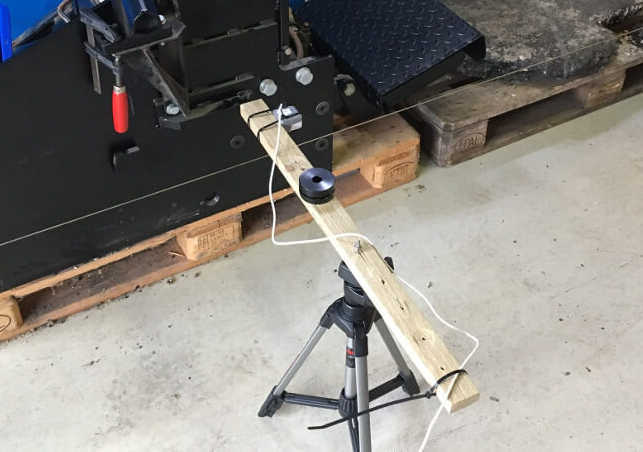Radar System HW-design (Lannik One and Two)
Lannik One, Lannik Two and Lannik Two AD meets the future commercial radar requirements for both Corner (Lannik 1) and Front Looking radar systems (Lannik 2 and Lannik 2 AD). All of the Lannik systems relies on the latest chipset technologies and provides high resolution in range (0.1 m), Doppler (0.1 m/s) and DOA (0.5 and 2 degrees in azimuth and elevation respectively). Lannik 2 and Lannik 2 AD are long range radar systems where Lannik two AD also provides extended detection range compared to Lannik 2 (250-300 m to vehicle).
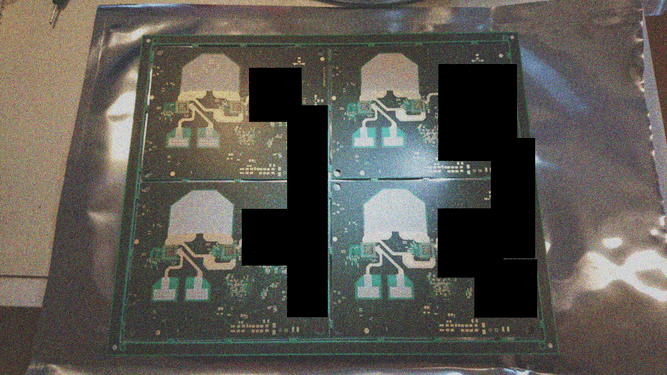
SLAM
Simultaneous localization and mapping is the problem of constructing a map of an unknown environment while keeping track of a vehicles location within it. We have experience in SLAM using Radar only, and sensor fusion using Lidar/Radar.
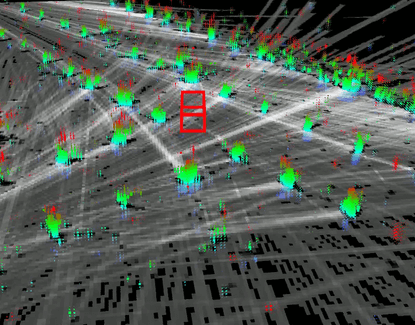
Tracking & Association
Tracking analysis is based on either real data analysis (if necessary employ synthetically injected targets) or Monte Carlo simulations using different Swerling models of the target.

Detection & Estimation
Analyzing detection and estimation performances either based on real data collections (e.g., computing ROC curves) or simulations using proper statistical models of the radar return echoes (including clutter and multipath).
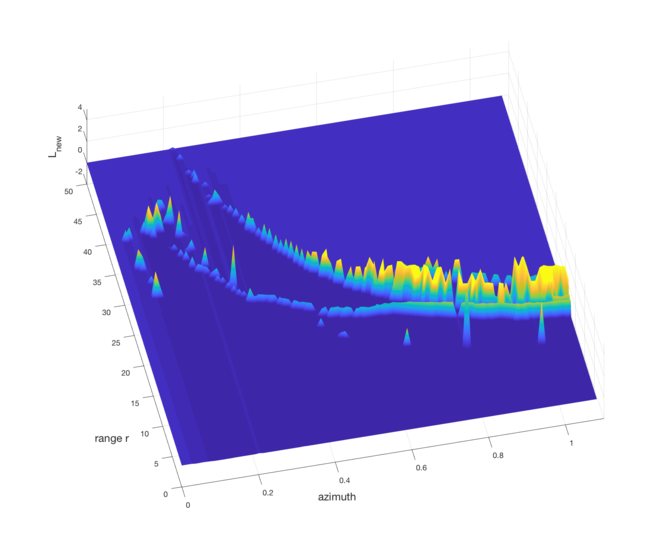
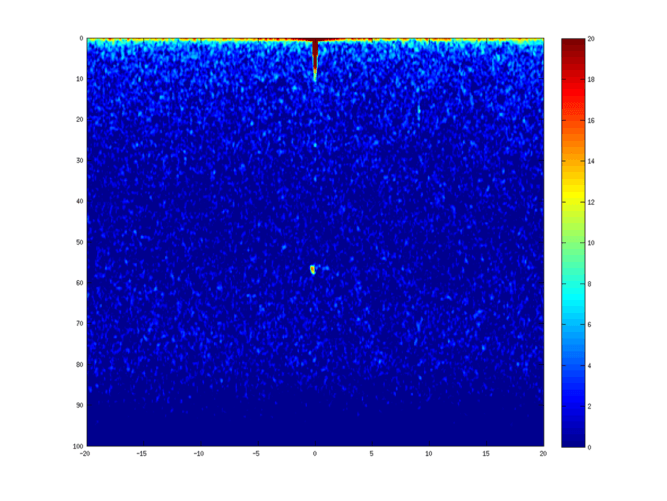
Antenna analysis
Examine array antennas regarding the influence of various antenna hardware artifacts, e.g., mutual coupling, excitation errors, mounting errors (patches), and so on. For instance, the performance is given in terms of RMS sidelobe level and average gain performance.


Radar applications & Sensor Fusion
Occupancy/Free space grid, SLAM and sensor fusion with LIDAR, Camera are important R&D topics in current and future automotive sensor systems.
